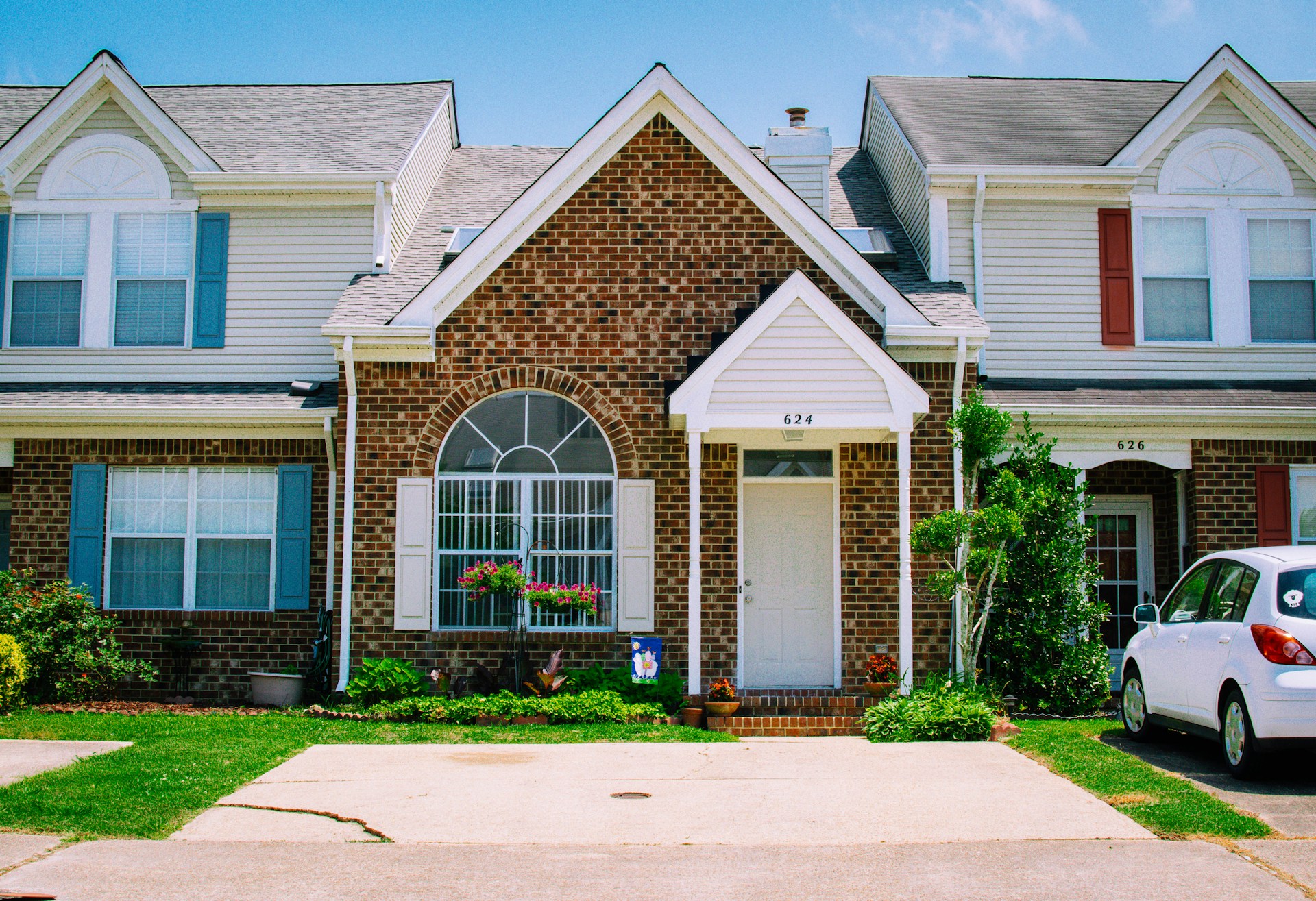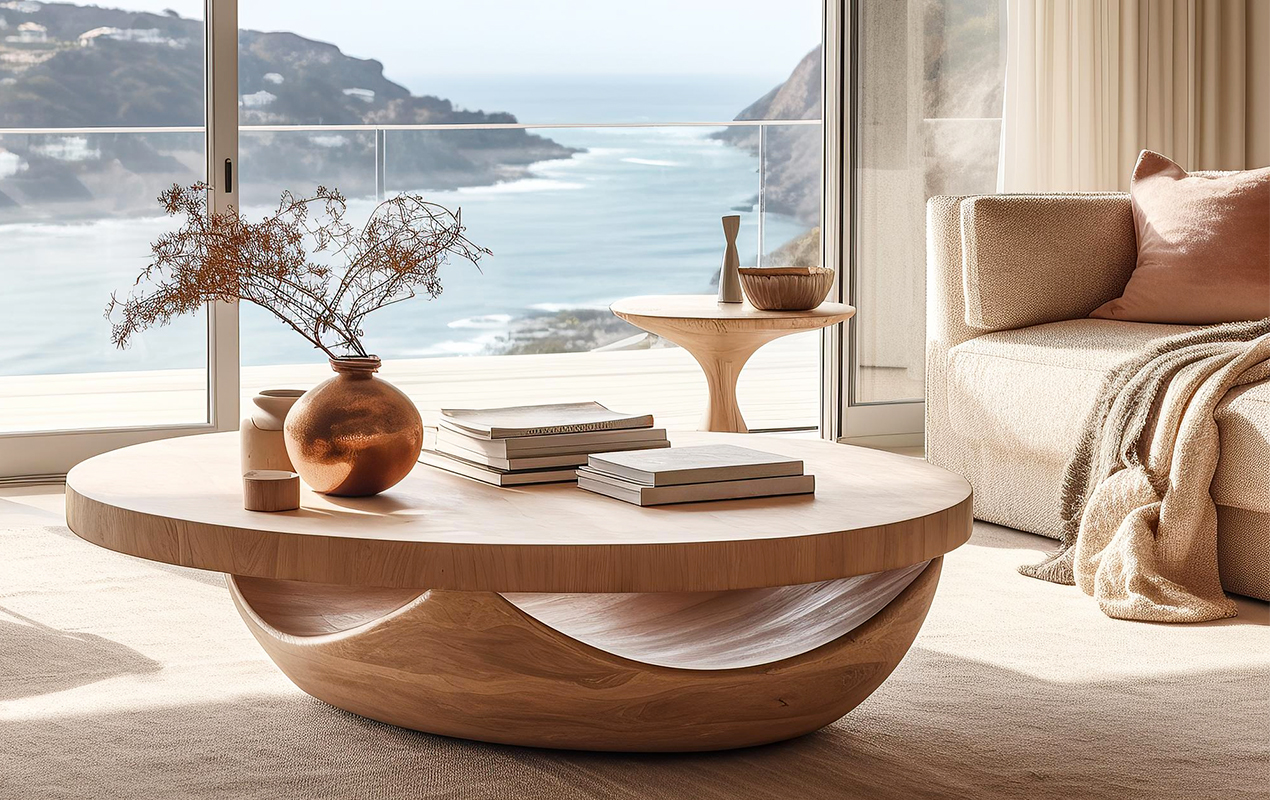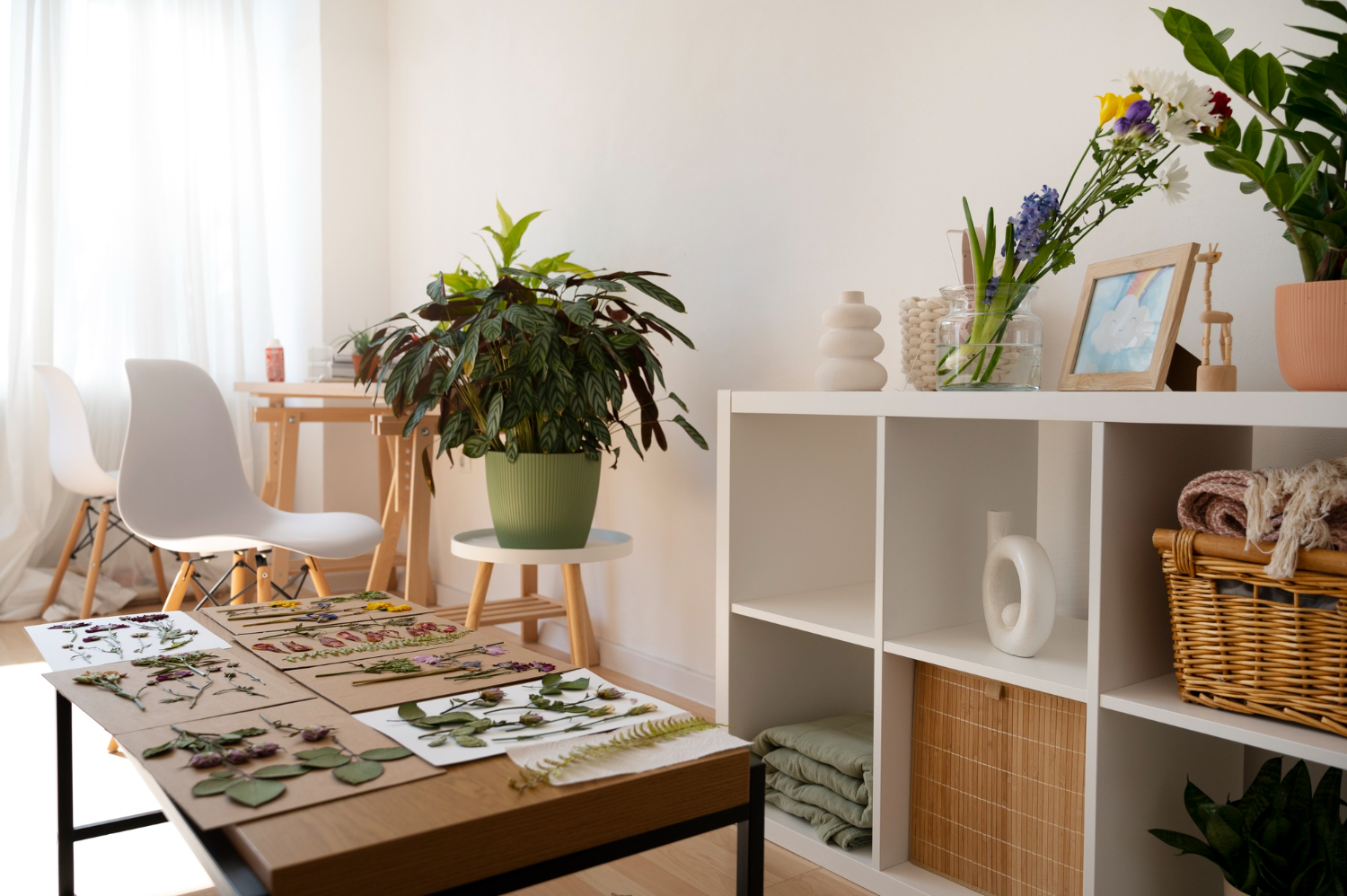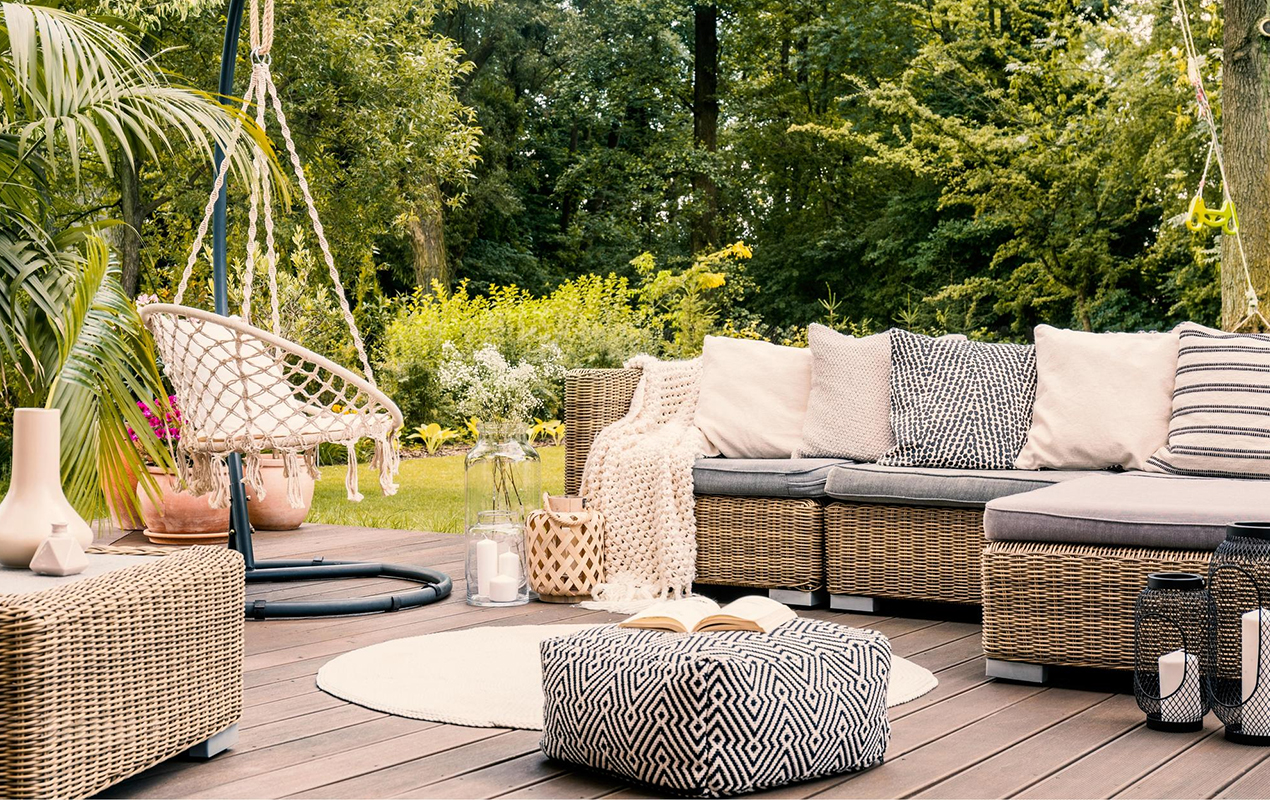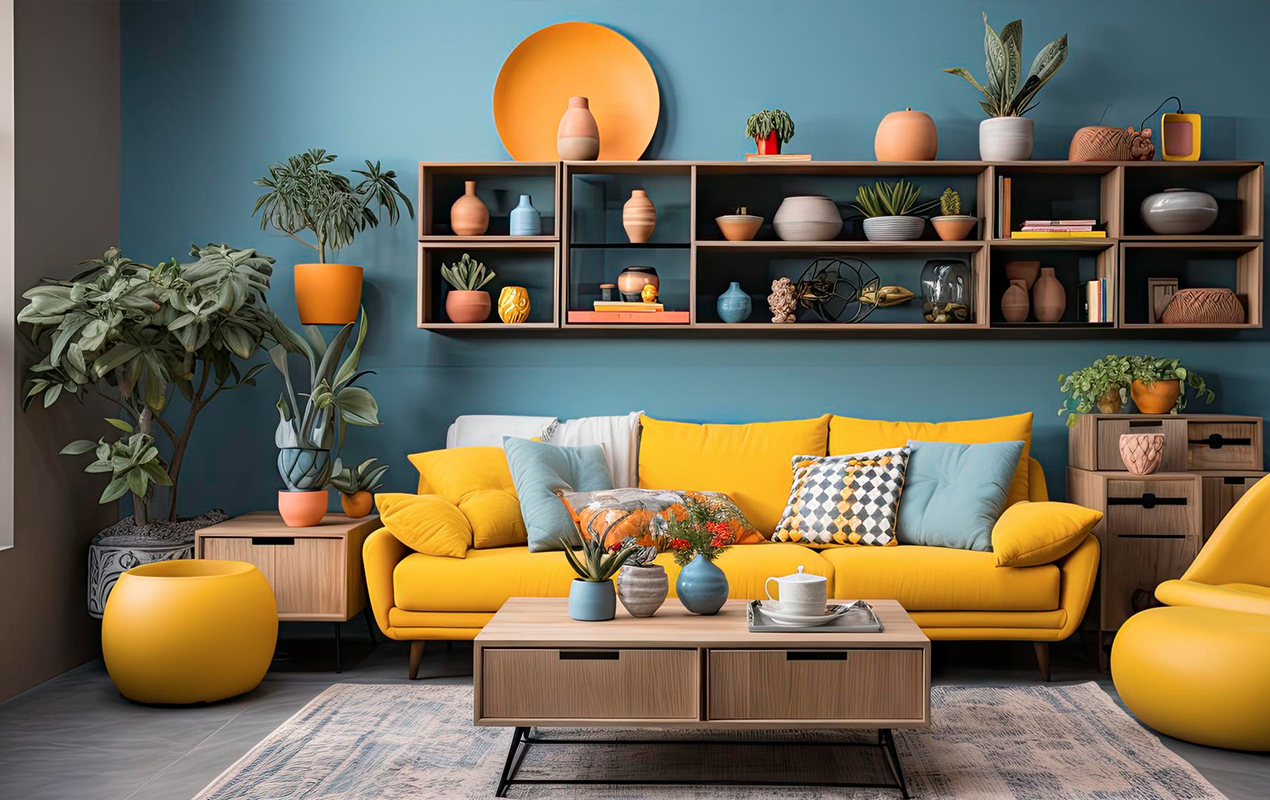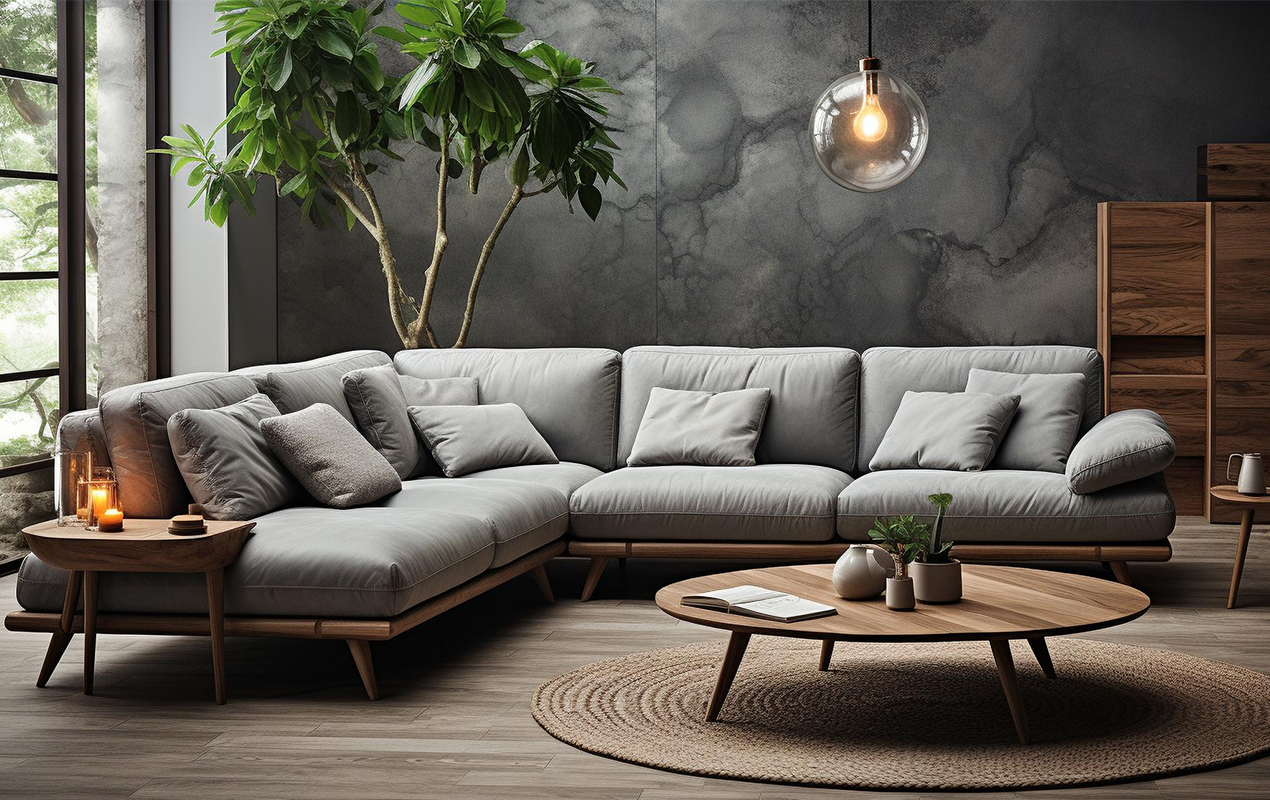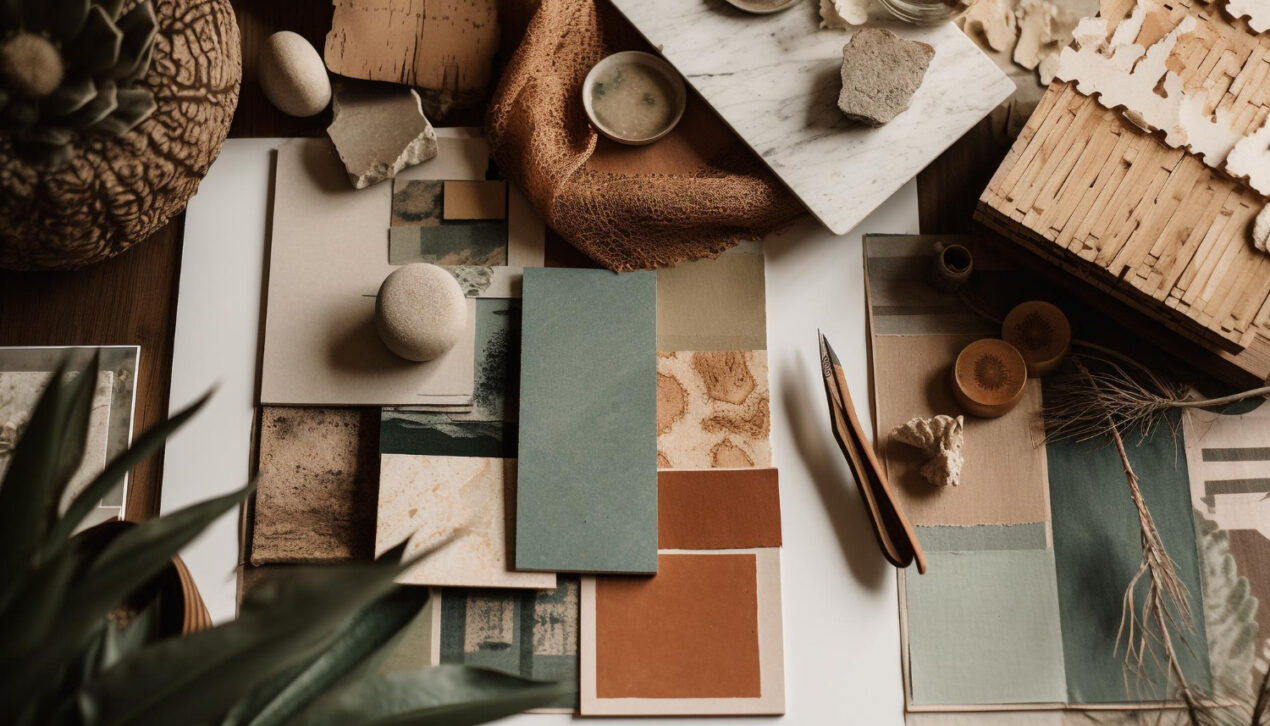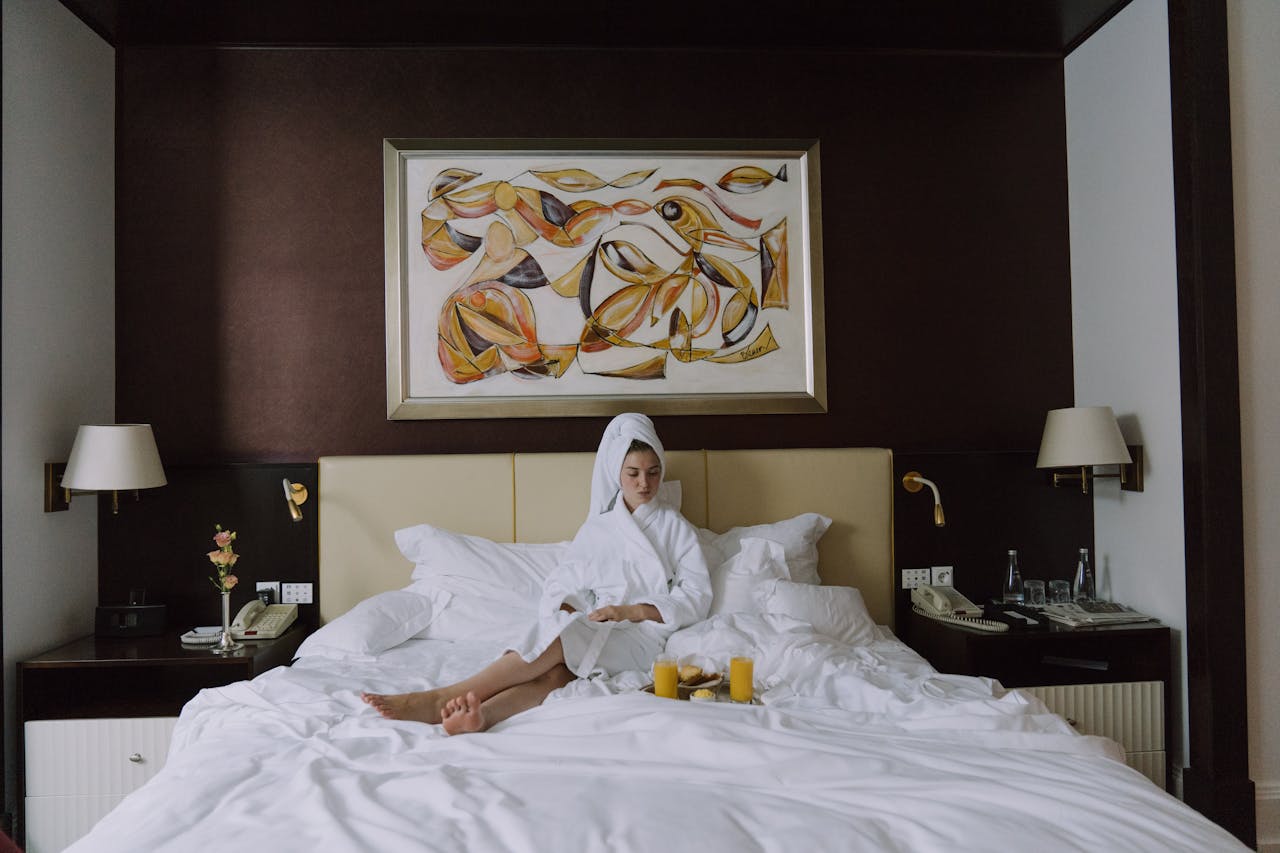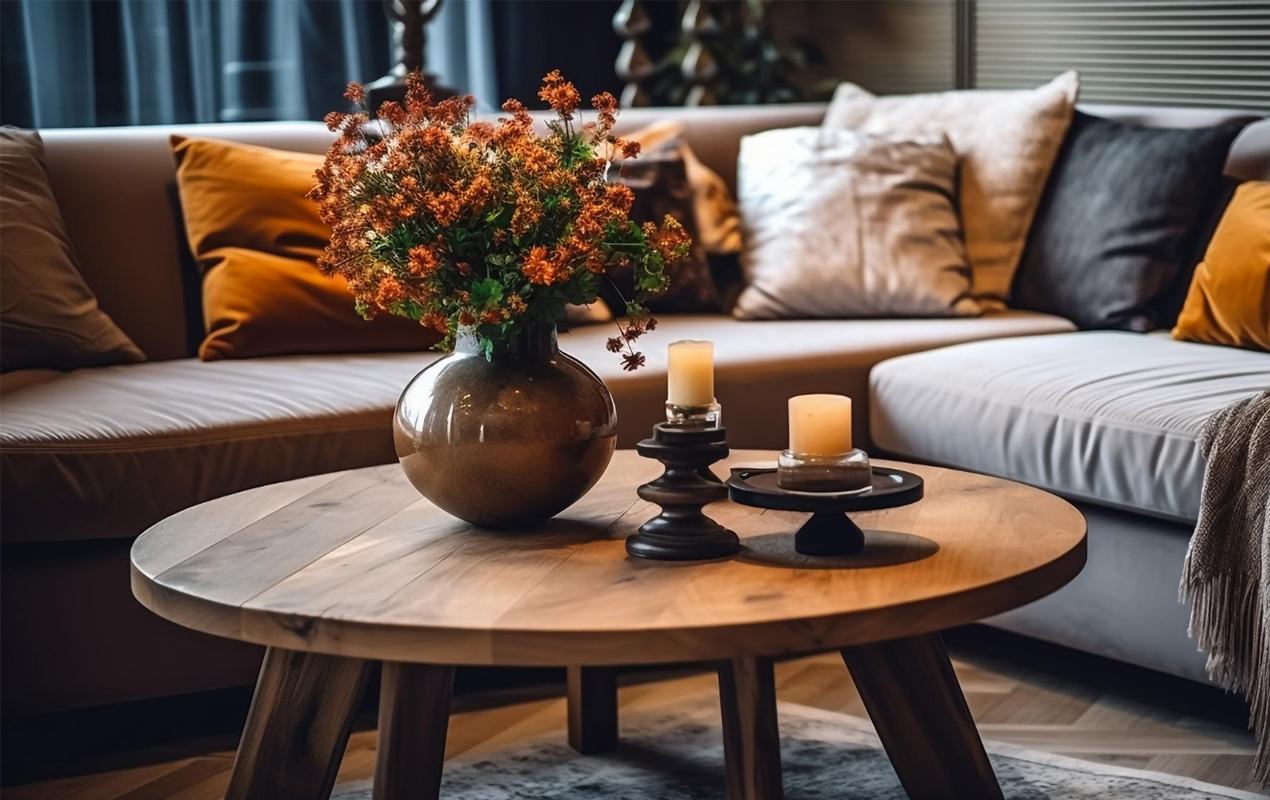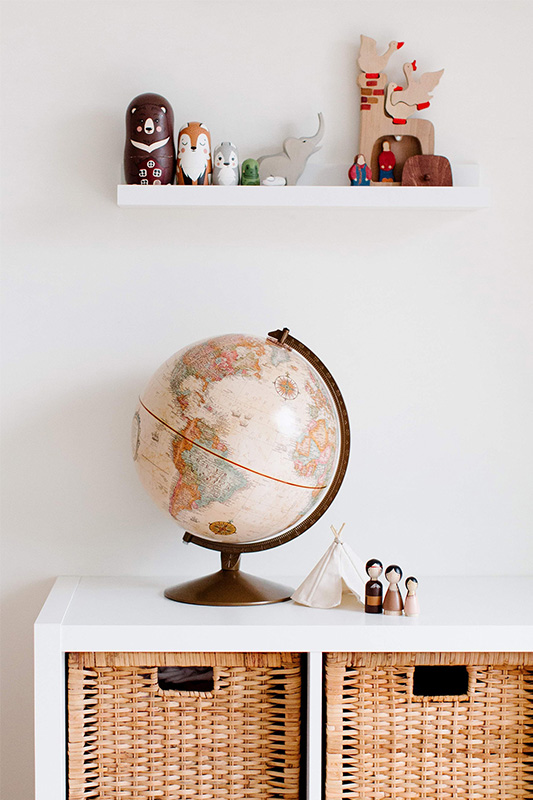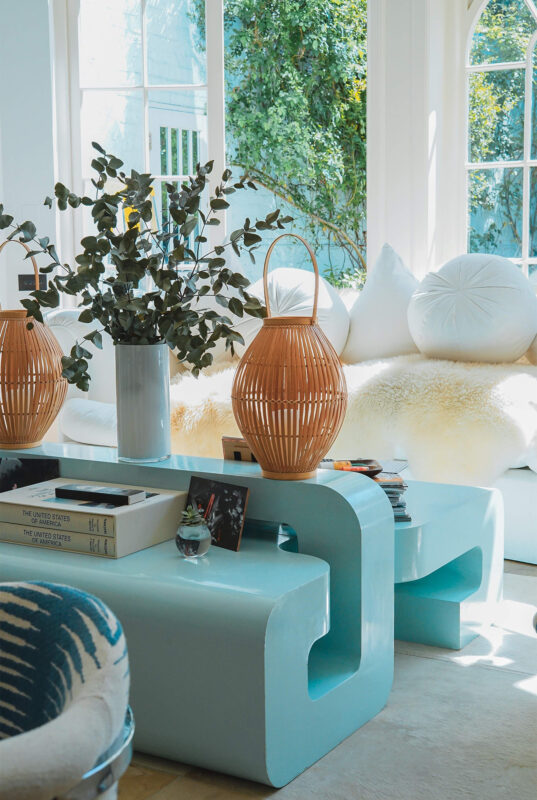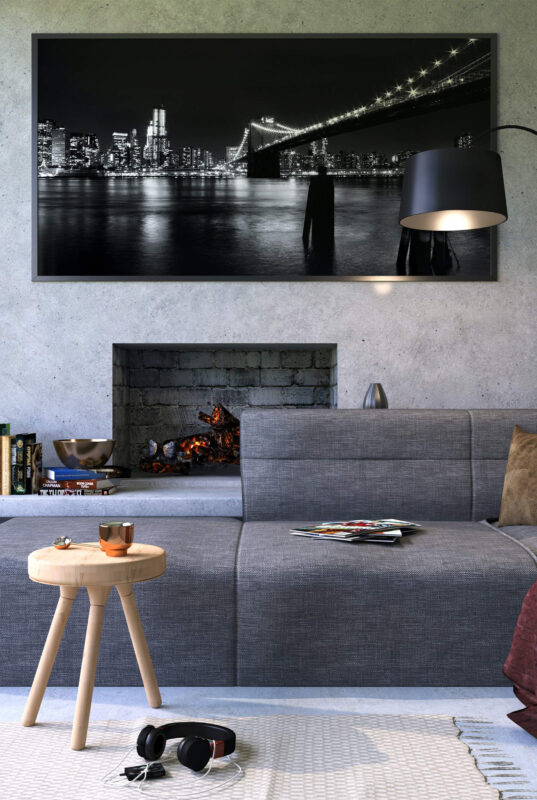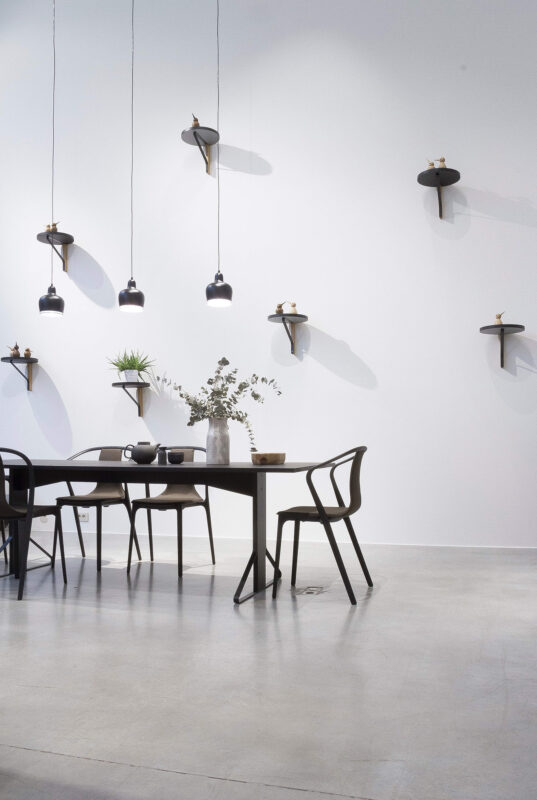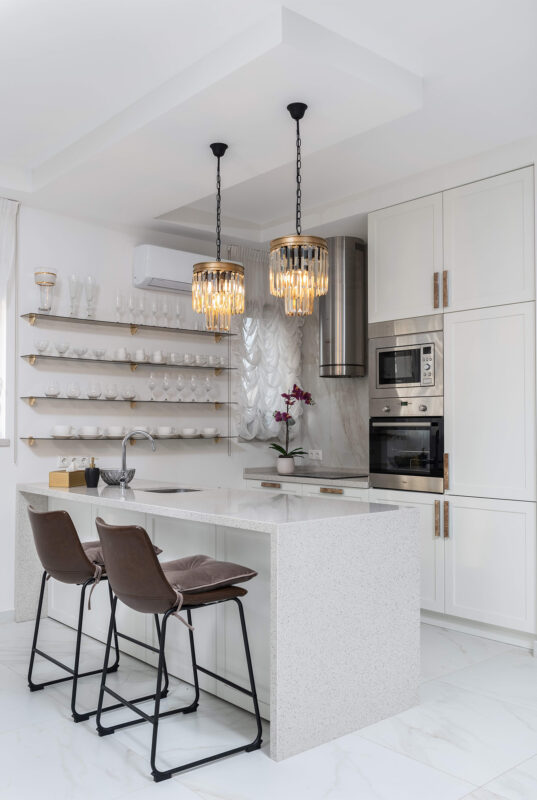Blog
The Power of Color in Creating a Welcoming Home Atmosphere
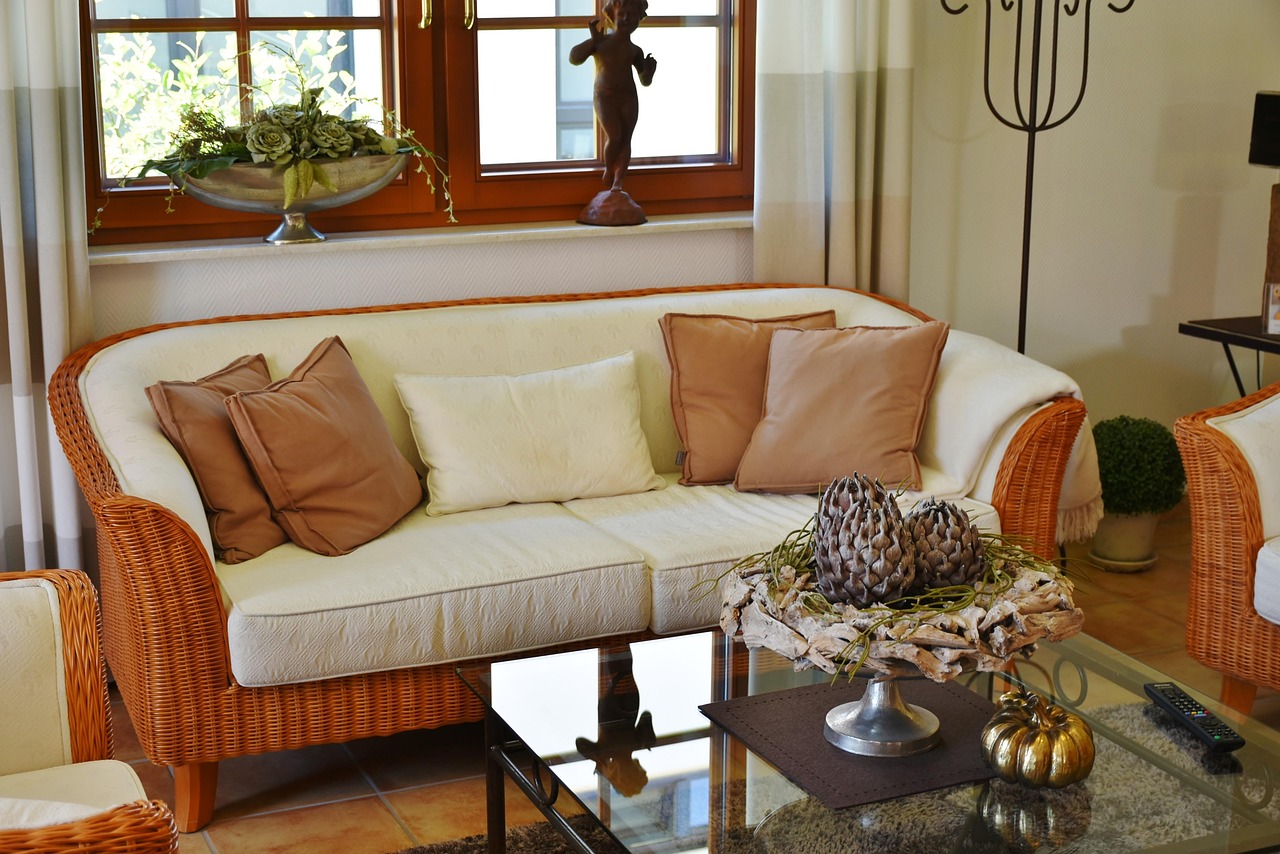
Color plays a crucial role in our daily lives, influencing moods, emotions, and even behavior. It can evoke feelings of warmth, comfort, and serenity, creating an inviting space in which to live. When we think about our homes, the atmospheric effects of color become paramount in establishing a welcoming environment.
Choosing the right colors for your walls, furnishings, and accents can dramatically transform your living space, making it feel cozy and refreshing. This post explores how the strategic use of color can turn your house into a sanctuary that welcomes everyone who walks through your door.
The Psychological Impact of Color
Colors affect us on a psychological level, influencing our emotions and perceptions. Each color elicits a unique response. Warm colors like red, orange, and yellow can stimulate energy and excitement, while cool colors such as blue, green, and purple tend to promote calmness and relaxation. Research suggests that colors can impact heart rate, blood pressure, and mood.
According to a study published by the Institute for Color Research, people make subconscious judgments about environments within 90 seconds of first seeing them, and color accounts for 62% to 90% of that assessment. Understanding these color associations enables homeowners to make informed decisions when it comes to decorating.
Choosing the Right Colors for Each Room
When decorating your home, it’s wise to consider the purpose of each room. The colors chosen for living areas, such as the living room or family room, can promote interaction and energy. Rich, vibrant colors like deep reds or oranges can enhance conversation and emotional connection.
Conversely, in spaces like bedrooms or bathrooms where relaxation is vital, soothing shades such as soft blues or greens can cultivate tranquility. A careful palette selection in dining areas, meanwhile, can enhance appetite and foster warmth through inviting shades of yellow and coral. Personal preferences should blend seamlessly with psychological effects to promote a cohesive atmosphere throughout the home.
Creating Flow with Color Schemes
To create a harmonious atmosphere throughout your home, consider using a cohesive color scheme. A well-planned palette can effectively unify the various rooms, providing a seamless transition from one space to another. Generally, a three-color approach can simplify decision-making while allowing creativity. One can select a primary color, a secondary complement, and a neutral tone that ties everything together.
These colors can be woven throughout the home via furniture, wall colors, or decorative accents. The painters you hire can provide valuable insights and recommendations on the best color schemes for your style and preferences, setting the right mood you desire. This thoughtful approach ensures that each room feels connected, creating a balanced and visually appealing home environment.
Using Accent Colors to Enhance Spaces
While the wall color sets the foundation of a room, incorporating accent colors can breathe life into the environment. This can be achieved through decorative elements like cushions, artwork, or rugs. Accent colors should be chosen strategically to contrast or complement the chosen wall colors.
If the primary color is a soft blue, introducing accents of coral or mustard yellow can create visual interest while maintaining harmony in the aesthetic. The key is to balance boldness and subtlety to avoid overwhelming the room while still showcasing personality. It’s good to remember that lighting can impact how these colors appear in space, making it crucial to test how colors look under different lighting conditions.
Color and Space Perception
Color can alter perceptions of space within your home. Lighter colors such as whites and pastels have an effect of enlarging spaces, making smaller rooms feel more open and airy. This effect is particularly beneficial for urban dwellers with limited space. On the other hand, darker hues can create a cozy or intimate feel but may make smaller areas appear even more compact.
It’s important to find a balance. A well-chosen darker color in a large, open space can add drama while ensuring the room doesn’t feel cold or isolated. Experimenting with various shades before settling on a choice can lead to the most pleasing results.
Steel décor tools offer durability, sleek style, and modern appeal. Perfect for enhancing home interiors with functional elegance, they bring strength and sophistication to any space.
The Role of Trends in Color Selection
Color trends can greatly influence home decor choices, with many homeowners keen to stay updated on popular palettes. Colors often come in and out of style, dictated by cultural shifts and design trends. The Pantone Color Institute has released its color of the year for decades, guiding the path for everything from fashion to home decor.
It’s key to merge trendy colors with personal taste. What’s popular may not always resonate with your style. Consider integrating popular colors as accents rather than main hues, ensuring your home remains timeless while still reflecting current design sensibilities.
Tips for Finding Your Color Inspiration
Finding the perfect colors to create the desired atmosphere in your home can sometimes be overwhelming. Start by exploring your personal interests, such as favorite colors or nature-inspired palettes. Collect inspiration from online platforms like Pinterest or Instagram, where many designers showcase their work.
Visiting paint stores allows you to examine physical swatches and get a feel for how colors look in different lighting. When you have a selection of colors in mind, it’s beneficial to test samples on your walls. Use large swatches rather than small ones, as this will provide a realistic depiction of how colors interact with the light and furnishings in your space.
Final Thoughts
Understanding the power of color in decorating your home can help create a more welcoming atmosphere. By choosing the right colors based on psychological impacts, utilizing cohesive color schemes, and considering current trends, you can transform your living space into a sanctuary that reflects your personality and style. Take the time to explore your options and experiment until you discover the ideal palette for your home. The result will be a vibrant, inviting space that resonates with warmth, comfort, and positive energy.

